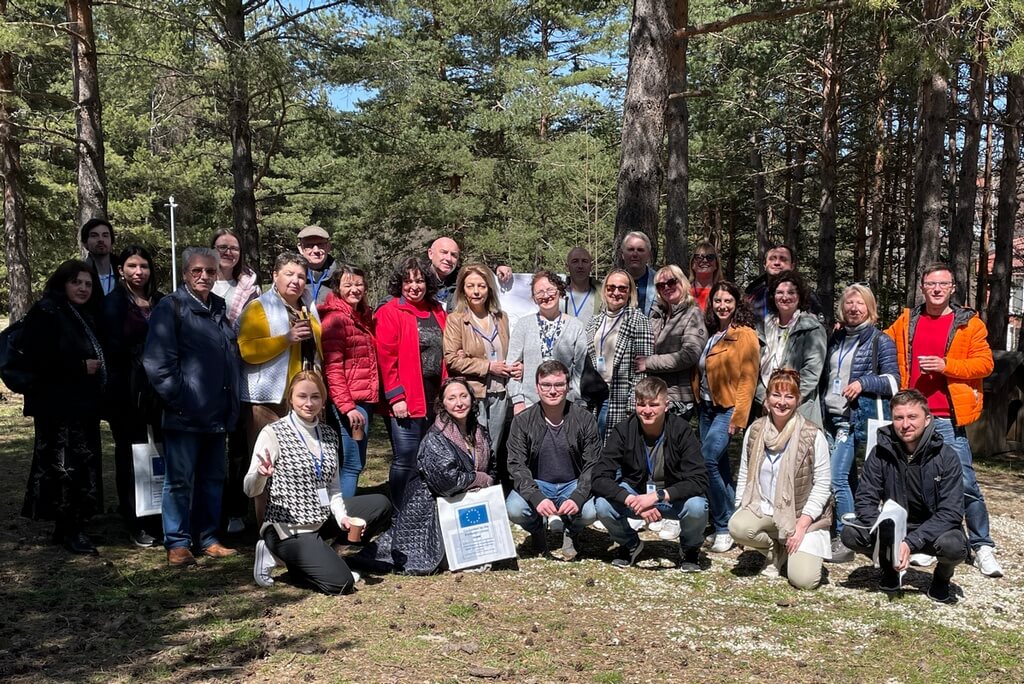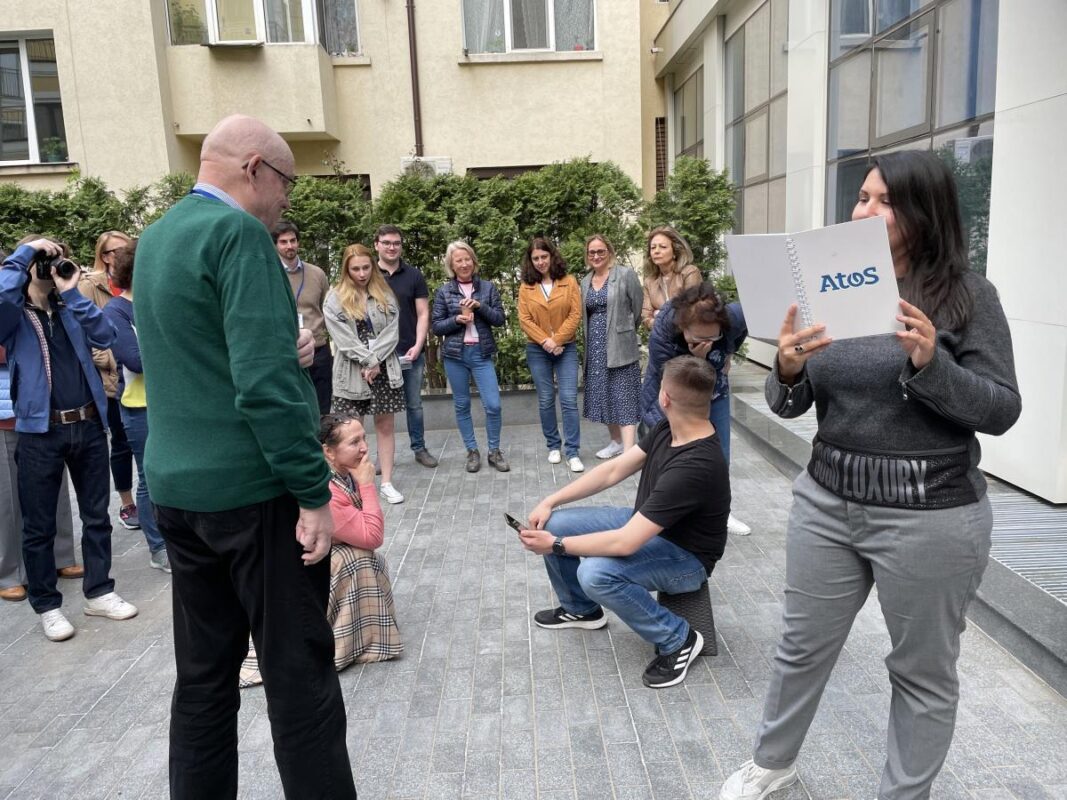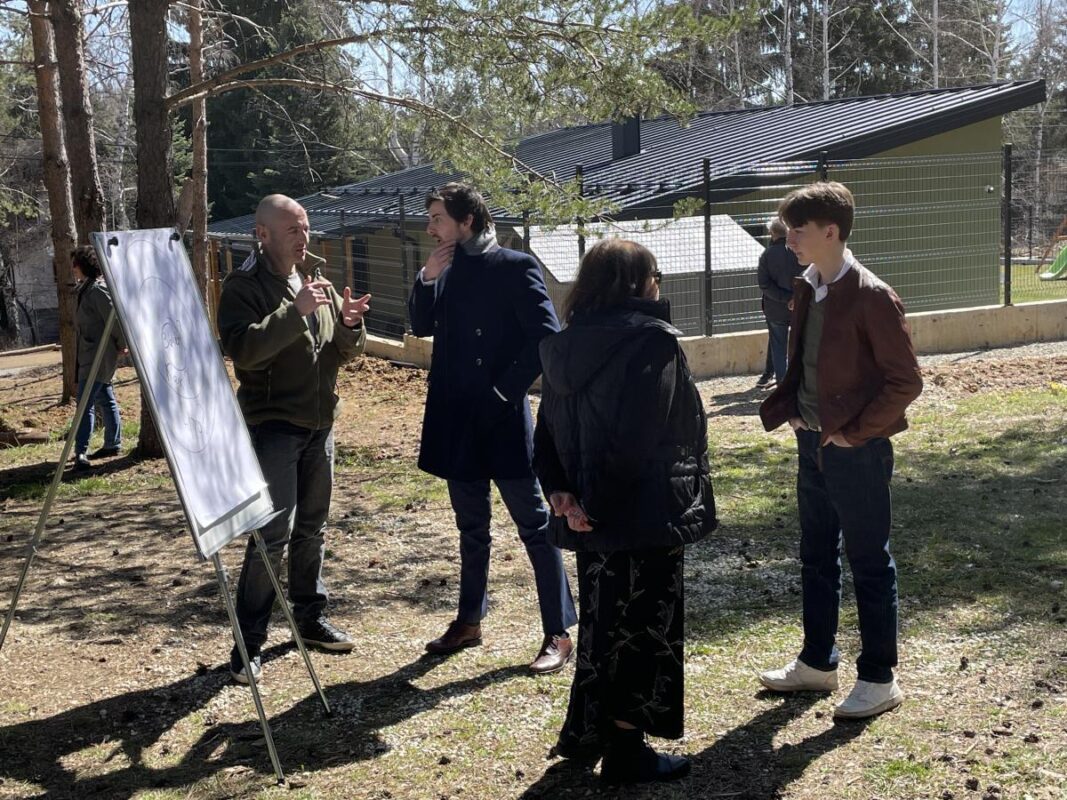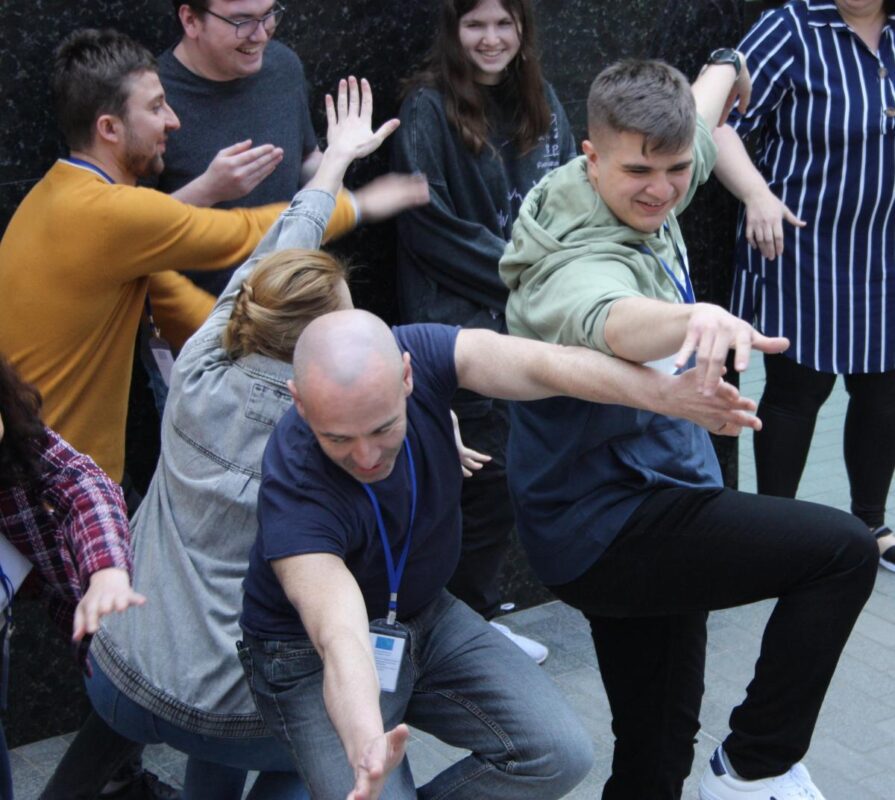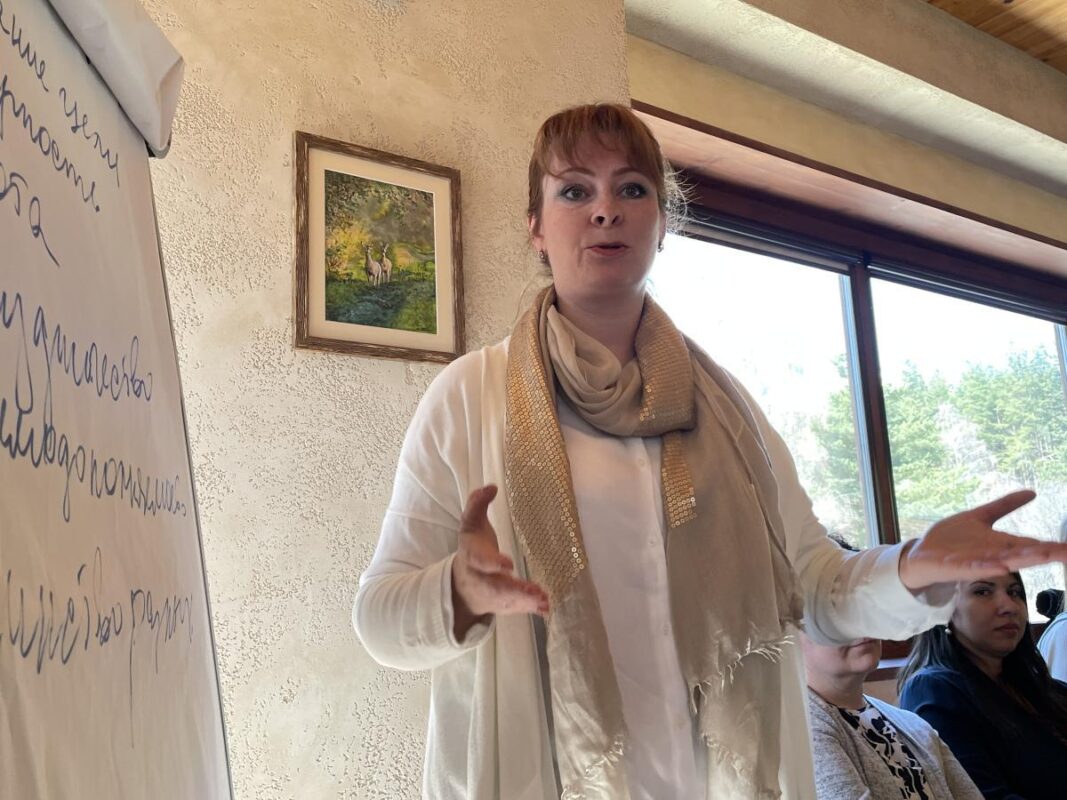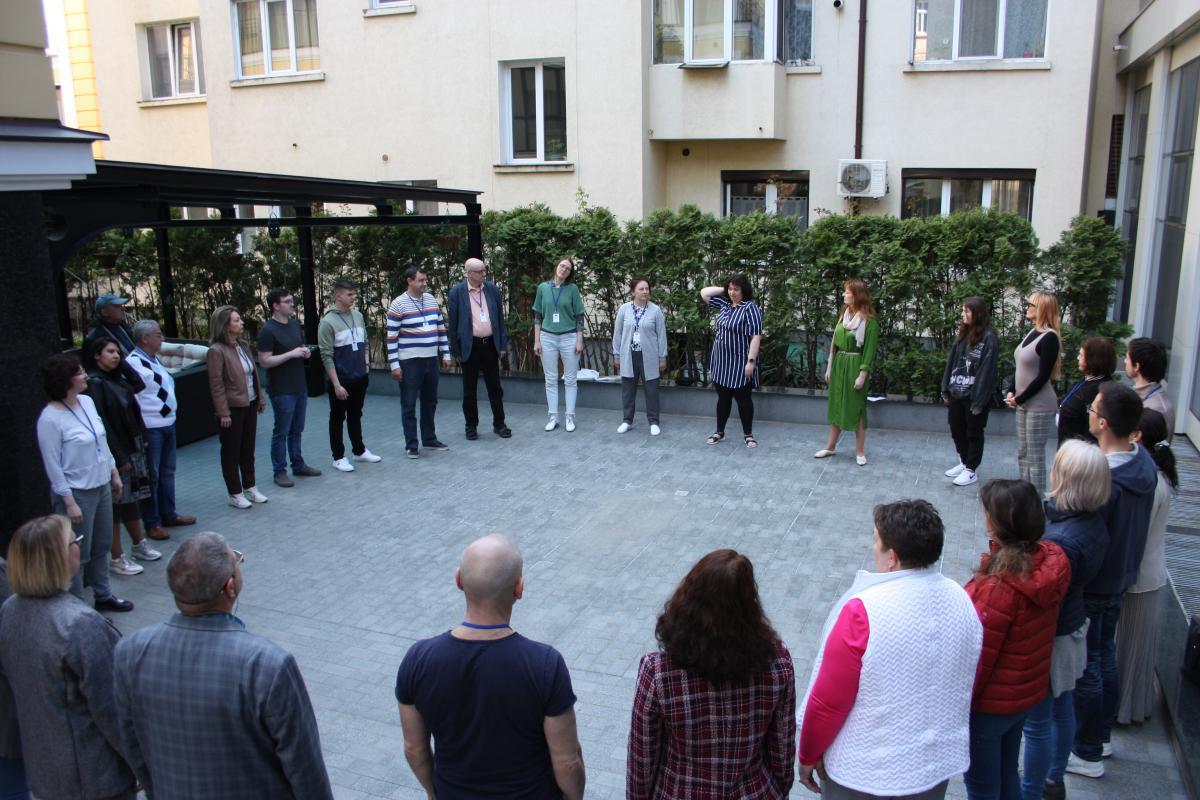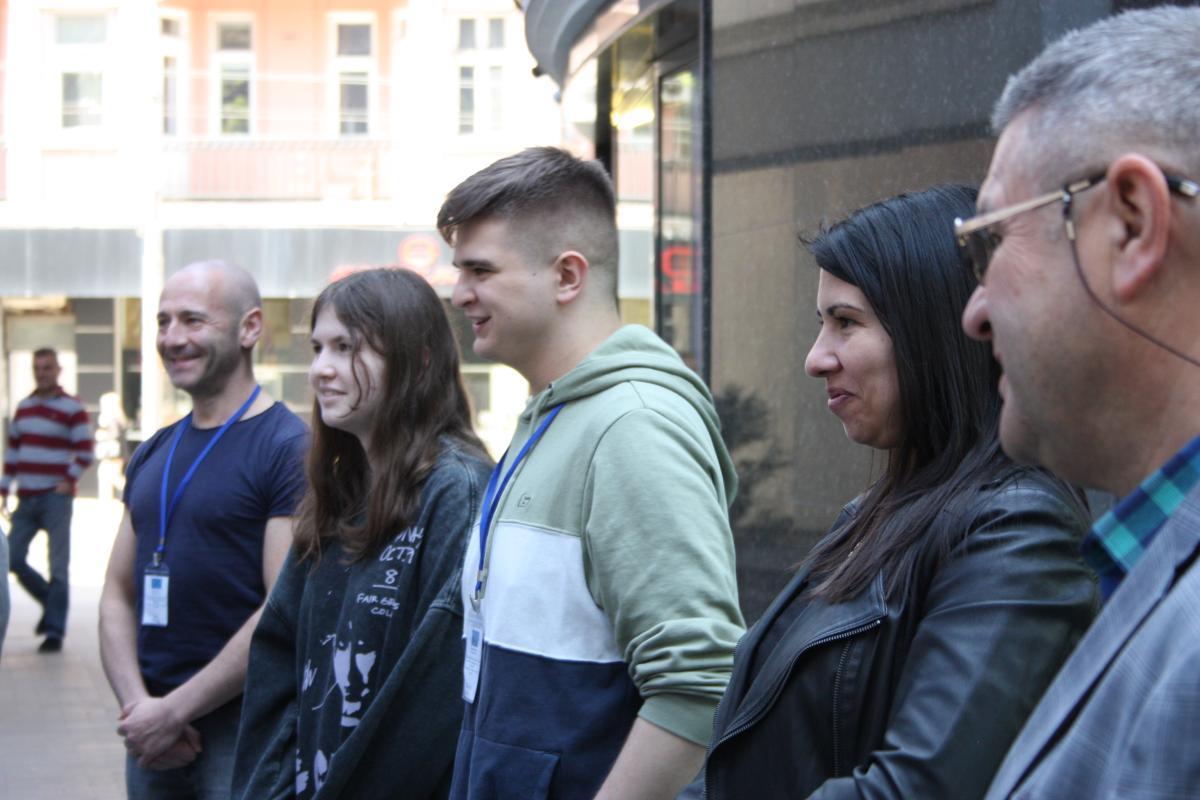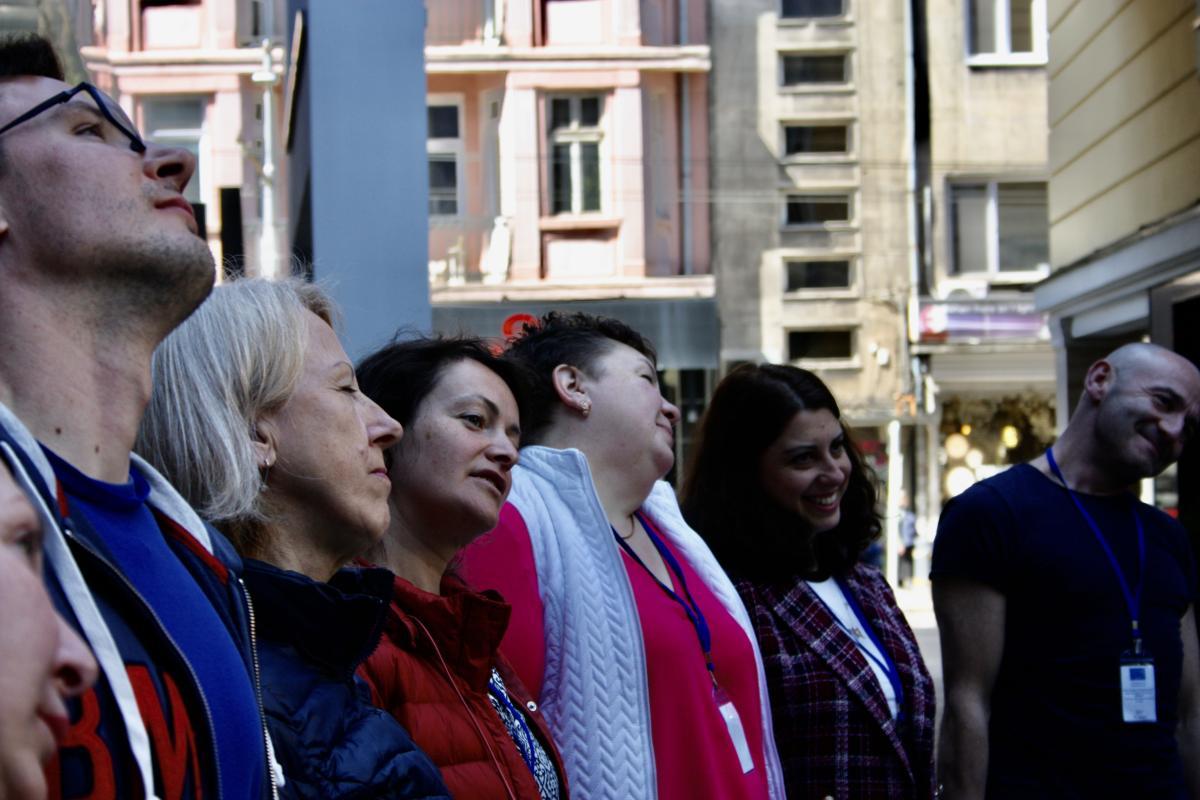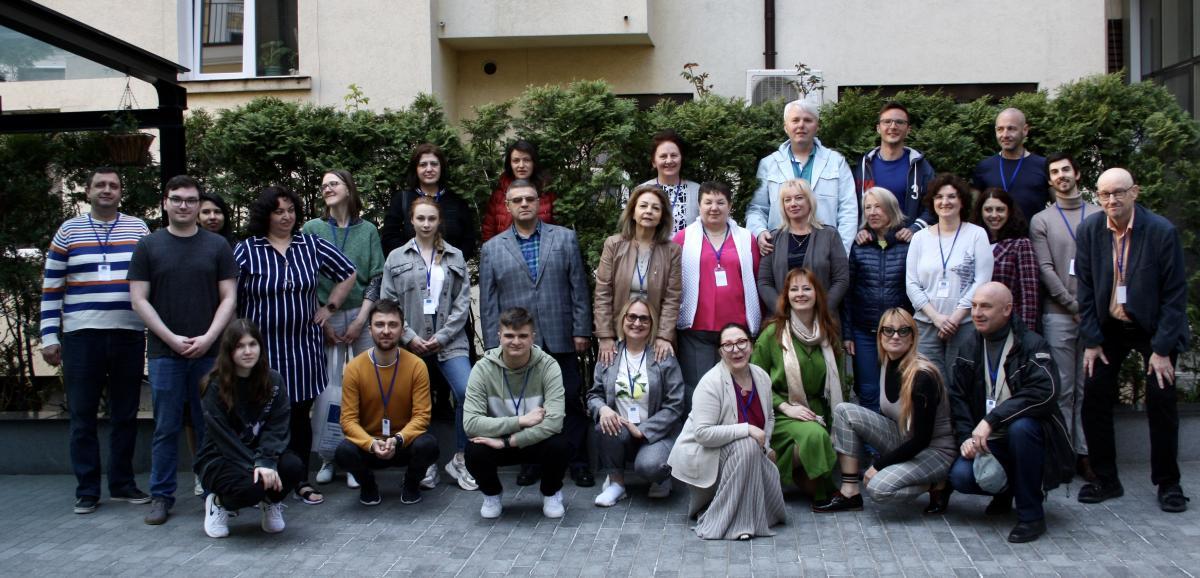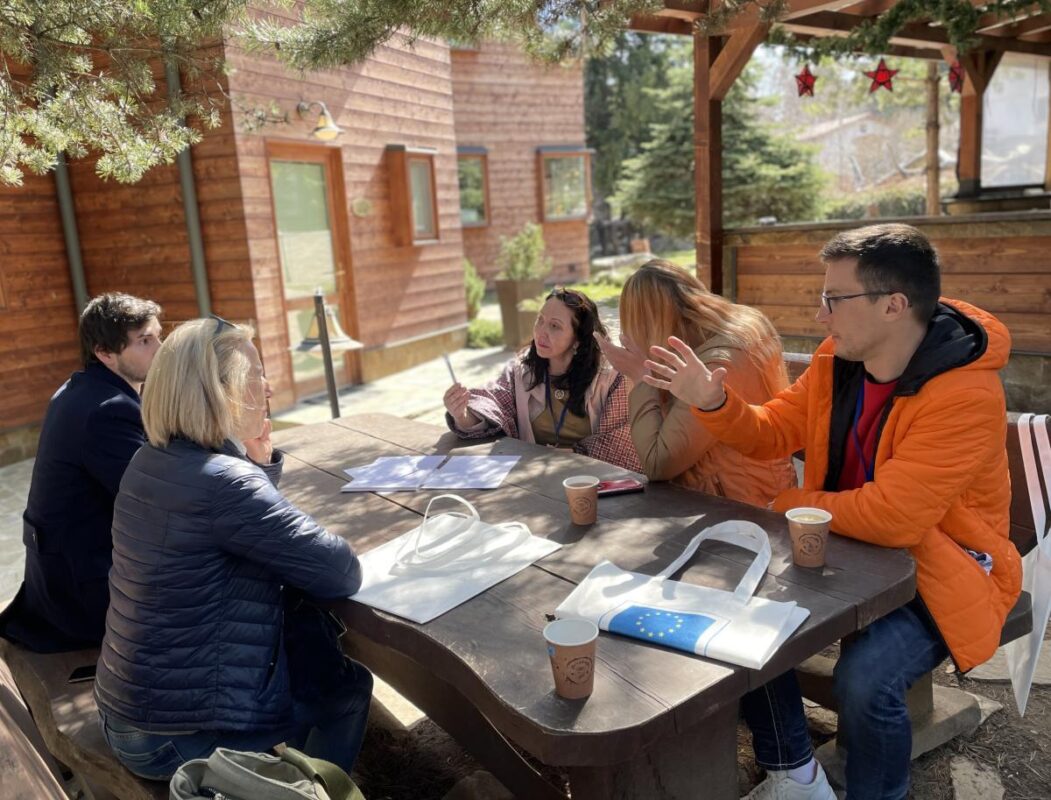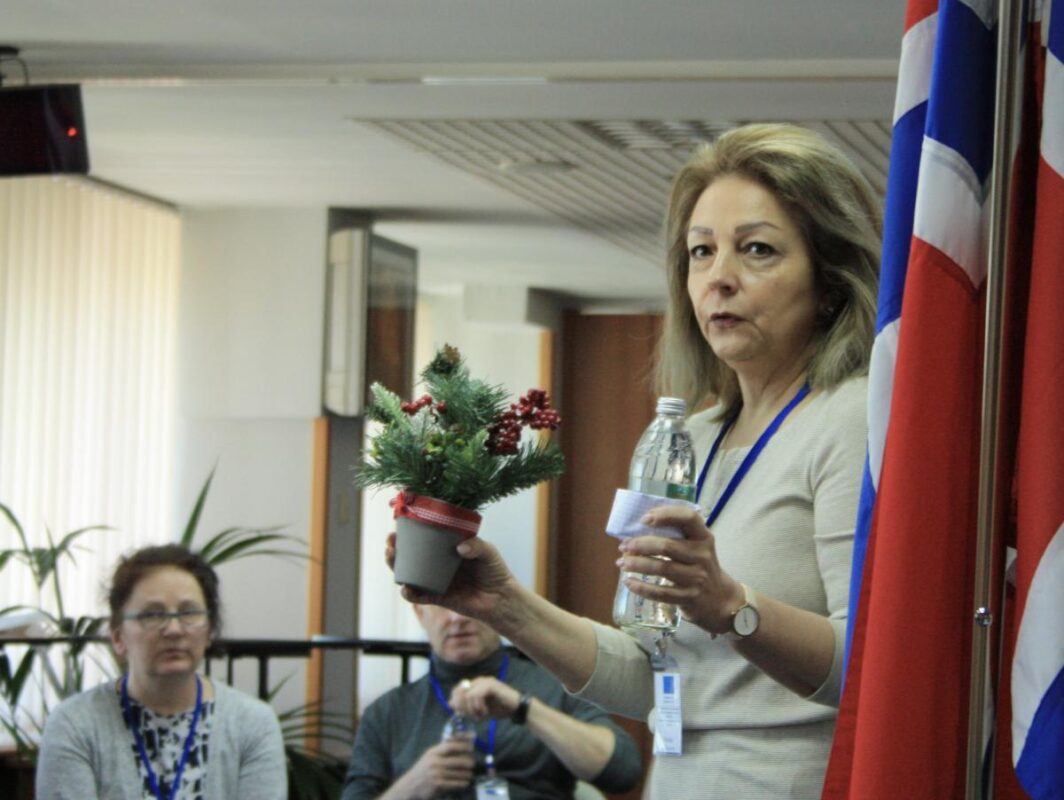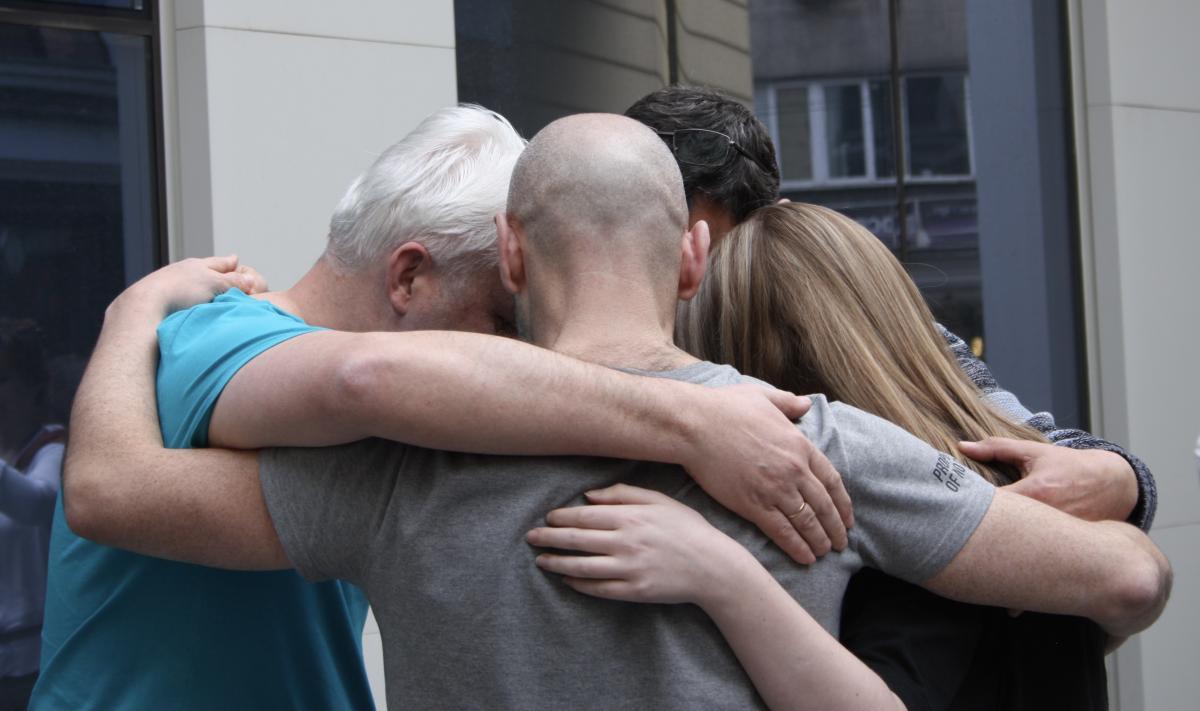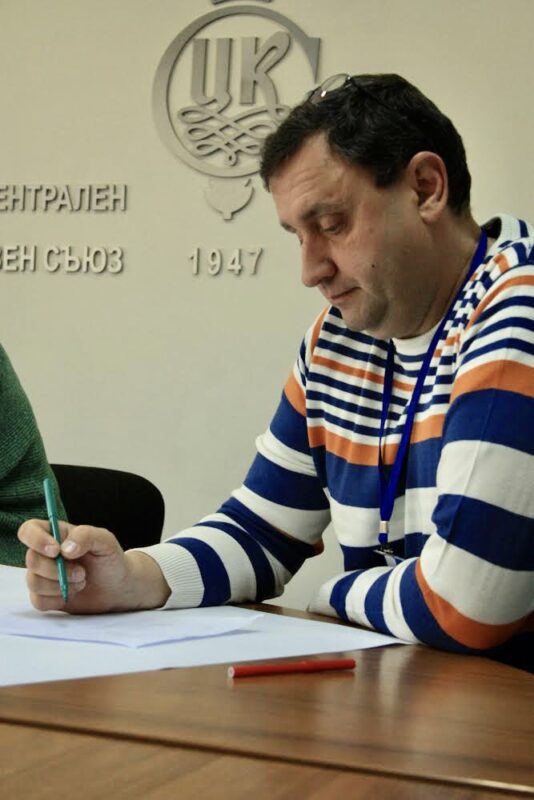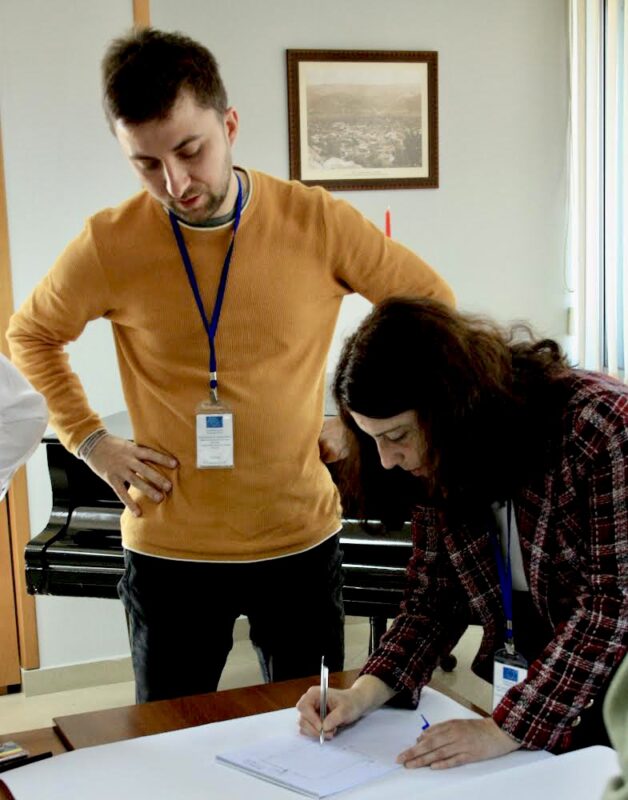13.04 – 17.04.2022, Sofia, Bulgarien
Day 1
Thema: Integration challenges and model of Social reality by George Ritzer. How to perceive culture?
Day 2
Thema: Understanding Diversity and fighting stereotypes
Day 3
Thema: Strategies of effective communication across the cultures and social dimensions.
Decoding verbal and non-verbal cues.
Day 1
Thema: Integrational challenges and model of Social reality by George Ritzer. How to perceive culture?
Introduction of the 4 dimensions model (individual, social, cultural, institutional) of Social reality by George Ritzer as a common platform for understanding the challenges of the process of integration.
Continuum of cultural competency. The model provides an awareness of social-psychological consequences of Cultural competency vs. Cultural incapacity Introduction of the model. From cultural incapacity to cultural proficiency: Group discussion on 6 stages of cultural Activity Description (including profile of participants per organization, goals and results of the activity) competency and its social outcome. Cases for group discussions.
Exercise: “The Cultural Iceberg“
This activity aims to provide experience in decoding the complexity of each culture and focus on the ability to view issues with the perspective of a person from another culture. Participants are presented with the image of “The Cultural Iceberg“. When we see an iceberg, the portion which is visible above water is only a small piece of a much larger whole. Similarly, people often think of culture as numerous observable characteristics of a group that we can *see* with our eyes, be it their food, dances, music, arts, or greeting rituals. The reality, however, is that these are merely external manifestations of deeper and broader components of culture – complex ideas and deeply held preferences and priorities known as attitudes and values.
Participants are paired up and are first asked to describe their cultures using the provided method, and then in a large circle tell about the cultural specificity of the persons with which they did the exercise. Hofstede’s Cultural dimension model Introduction of the model: individualism-collectivism, low power distance-high power distance, high uncertainty avoidance-low uncertainty avoidance. Participants are presenting cases from their own countries illustrating the diversity.
Case exercise: “Culture dialog“
The activity is based on Edward T. Halls concept of “social cohesion“, that involves distinction between a “high context culture“ and a “ low context culture“. Participants are ask to provide cases of intercultural interaction from their own countries and analyze them in relation to the cultural aspects of learning, knowledge, view of change, sense of time, planning horizons, communication, decision processes, relationships, employee desires, work style, work ethic, social roles, and business outlook.
The exercise ends with creating visual maps of the cultural profiles identified, giving the opportunity to compare areas of cultural challenges and dialog.
Day 2
Thema: Understanding Diversity and fighting stereotypes
Plenum discussion of cross-cultural integration challenges on the individual, social, cultural, institutional level of Social reality. Participants are invited to share their experiences with different dimensions of identity: Primary, secondary, organizational, and cultural. Using graphics, participants will share a particular case of culture clash and cultural shock.
Exercise: “Power of multi-cultural stereotypes“
Participants are asked to recollect all stereotypes they can think of, related to one particular group (such as women). They will then create a list of sources of such stereotypes, how they are reinforced and the effects they have.
The exercise ends with a discussion of what can be done to end stereotyping and share best practices. Culture vs. Personality.
Introduction to projective methods of studying the personality.
The methods “Tree” and “8 squares” may provide insights into a person’s world concept, attitudes towards integration, patterns for handling frustration, problem solving skills, level of tolerance, as well as one’s self-portrait.
The activity ends with working in pairs creating a motivational dialog based on one’s personality aspects.
Day 3
Thema: Strategies of effective communication across the cultures and social dimensions.
Decoding verbal and non-verbal cues.
Exercise: “A life without questions“
(Nagesh Rao) This activity is designed to provide practice in code-switching, learning direct versus indirect communication styles, develops empathy, and teaches to communicate in non-intrusive ways. Participants work in pairs. One is asked to play the role of a general physician (who will have to diagnose and prescribe medication), an architect (who will have to design a new home), etc. while the other will play the role of the customers.
Consolidating plenum discussion of the specific communicational and integrational challenges relating to the four dimensions of the model of Social reality by George Ritzer.

